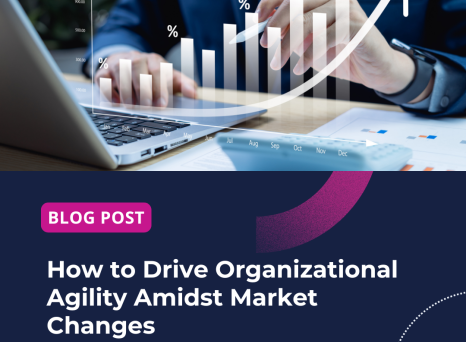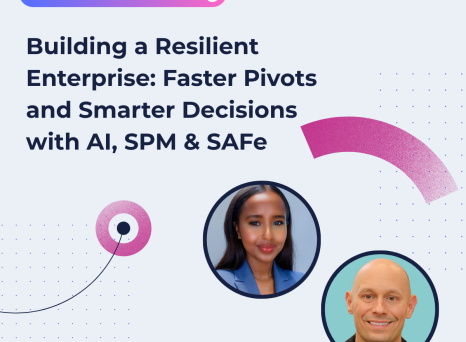Keith Duncan is Director for Customer Success Management and PPM Best Practices at Planisware.
I was able to attend the SAFe Summit 2019 in San Diego in early October. The conference had over 2000 attendees and was highlighted by the introduction of version 5.0 of the SAFe Framework. The most interesting and obvious change in the new release was the emphasis on Business Agility supported by Lean Portfolio Management (LPM) techniques.
In a nutshell, LPM is based on the Lean principle of decentralizing decision-making and in moving the decisions to the people closest to the work. Simply put, executives fund portfolios (business units, product families, etc.), portfolios fund development value streams (groups of people doing the work), development value streams fund the work to be done (Agile Release Trains - ARTs). At each level, there are business and technical representatives (Business Owners, Architects, Release Train Engineers, etc.) that constantly manage the backlog and reprioritize the work to be done to get the maximum return (based on the Always take an economic view principle). An interesting trended reported by Scaled Agile is that more new adopters of SAFe are starting with LPM and then, once that is in place, moving towards creating ARTs and implementing what is referred to as Essential SAFe.
While at the SAFe Summit, I participated in a Prioritizing Portfolio Investments workshop. The content was excellent, and it helped me get a better view of the LPM process, but a “raise your hand” poll showed that less than 15% of the participants in my workshop were “fully SAFe”. This means that in our little group of 100 or so participants, about 85% belong to organizations where there is a combination of Agile Release Trains and Project Teams. This leads to some interesting portfolio management problems.
One approach, and perhaps the most obvious, would be to the split the business planning into two separate sets of portfolios: one for SAFe and LPM; and another for projects. But that would only work were there are little or no interactions between the two sets of portfolios and where the portfolio owners would be relatively independent from one another. That's not very common given how tightly coupled we tend to be between say, a new product development team build a product and an IT team providing infrastructure and web site support for the new product.
A better approach would be to explore how to create hybrid portfolios for a hybrid world. In this approach, one portfolio could support development value streams consisting of SAFe ARTs, Stage-Gate® projects, Agile projects, and Hybrid Agile Stage-Gate projects. This approach respects the fact that different groups using different methodologies and frameworks need to work on inter-dependent work streams.
However, this can lead to a new set of issues when you get down to the execution level. The idea that the Agile teams need the freedom to constantly reprioritize their backlogs means that they cannot be tied to rigid Stage-Gate projects where the requirements and process cannot change. Instead, Stage-Gate practitioners need to embrace Cooper's Next-Gen Stage-Gate process where the process is NOT a rigid, lockstep process but instead incorporates the same principles that Agile (and by extension, SAFe) practitioners value. It's okay to skip or repeat gates, it's okay to evolve and reprioritize requirements, it's okay to change the product definition, as long as it satisfies the economic requirements of the project.
Whether this hybrid approach is optimal for the long haul is hard to say, but there is no doubt that the release trains are coming and it will take years for most companies to adapt. So thinking in terms of how a hybrid portfolio that incorporates all development activities regardless of methodology or framework, is going to be essential for managing through the transition.
Stage-Gate® is a registered trademark of Stage-Gate Inc.


